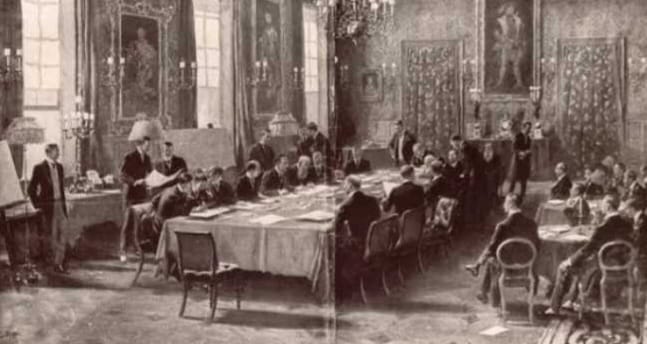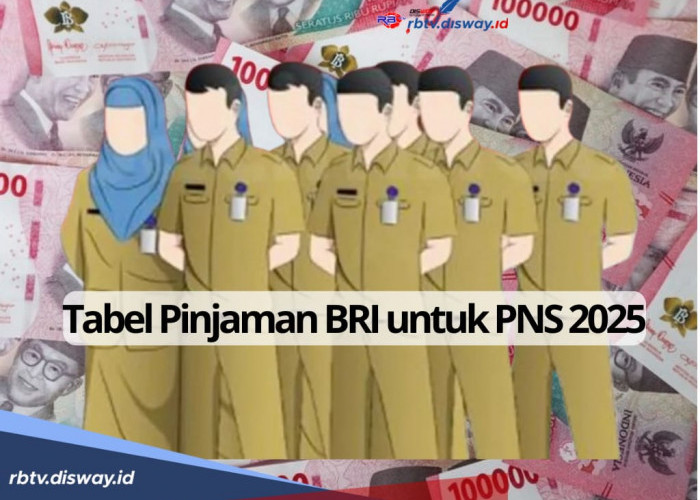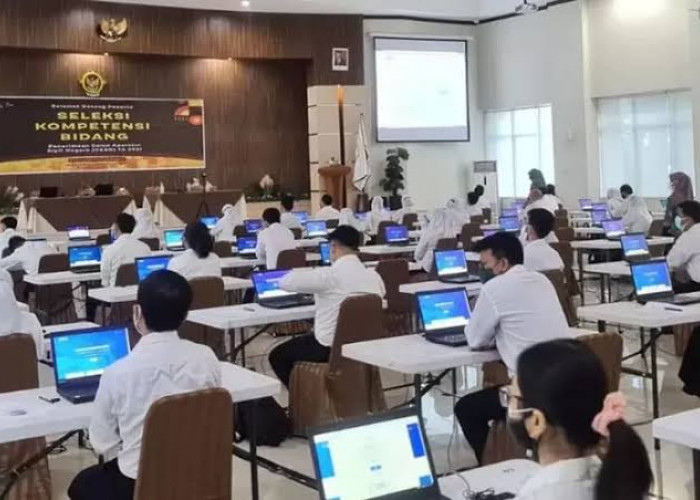Two Centuries, Treaty of London : History, Politics and British Ambition in Asia

The Treaty of London became part of Indonesian history--
2. The Netherlands give the city and fort from Malacca and agreed not to open representative offices in the Malay peninsula or enter into any agreements with the authority.
3. The Netherlands pull back from the British occupation of the island of Singapore.
4. Britain asked an access to trade with Maluku islands, especially with Ambon, Banda and Ternate.
5. Britain give up its factory in Bengkulu (Fort Marlborough) and all their ownership on the island of Sumatra to the Netherlands and would not build representative office on the island of Sumatra or making any agreement with the authorities.
6. Britain pull back their position from the Dutch occupation of Belitung Island.
7. Britain agreed not to build representative offices in the Karimun Islands or in the islands of Batam, Bintan, Lingga or other islands south of the Singapore Strait or enter into any agreements with local authorities.
8. All handover of ownership and properties occurred on 1 March 1825. This was in addition to the amount due by the Netherlands of £100,000 before the end of 1825. This agreement legalized on April 30, 1824 by the British and on June 2, 1824 by the Dutch. The signing of the 1814 Anglo-Dutch Agreement, the Indian Archipelago was divided under the influence of the two powers and the status of Singapore, Malacca and the northern region, including Pulau Pinang, became British property. Meanwhile, the area to the south was under Dutch influence. In 1826, Singapore, Pulau Pinang and Melaka were combined in one government, named the Government of the Straits Settlements. Including the surrender of Java back to the Netherlands, as explained in the Java Convention on June 24, 1817.
We hope you will find this information useful.
Nurzani Azhari
Cek Berita dan Artikel yang lain di Google News
Sumber:
















